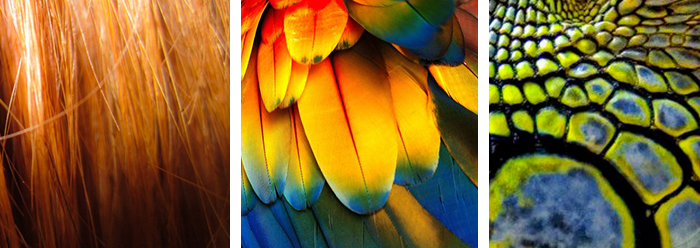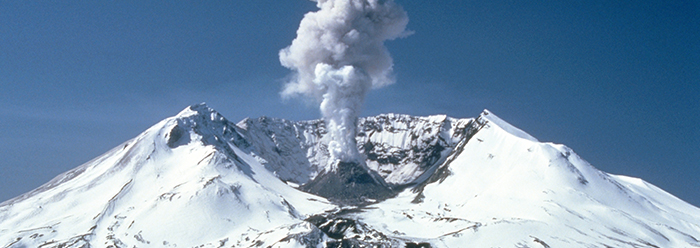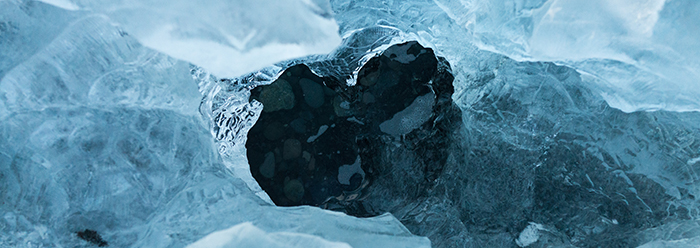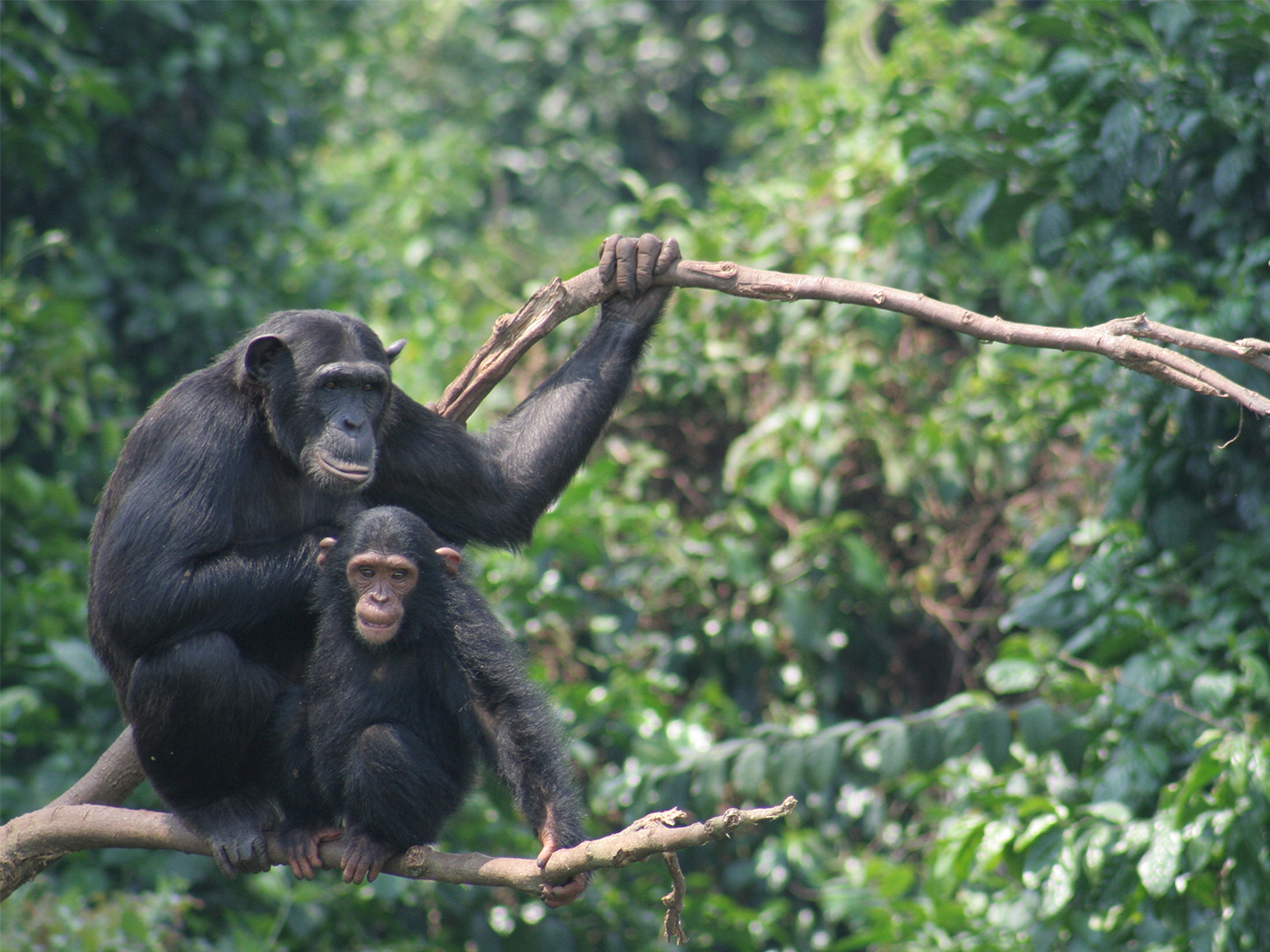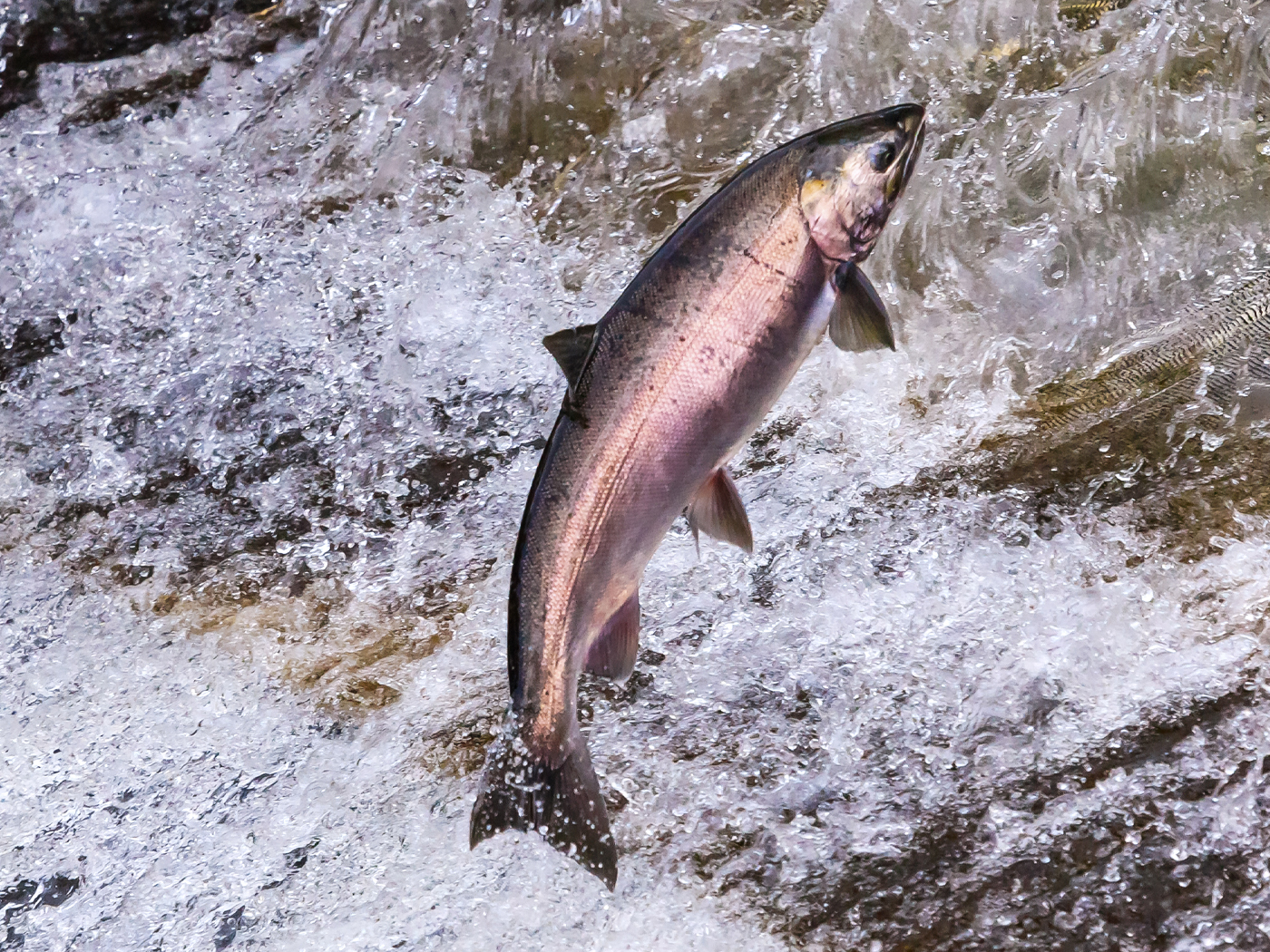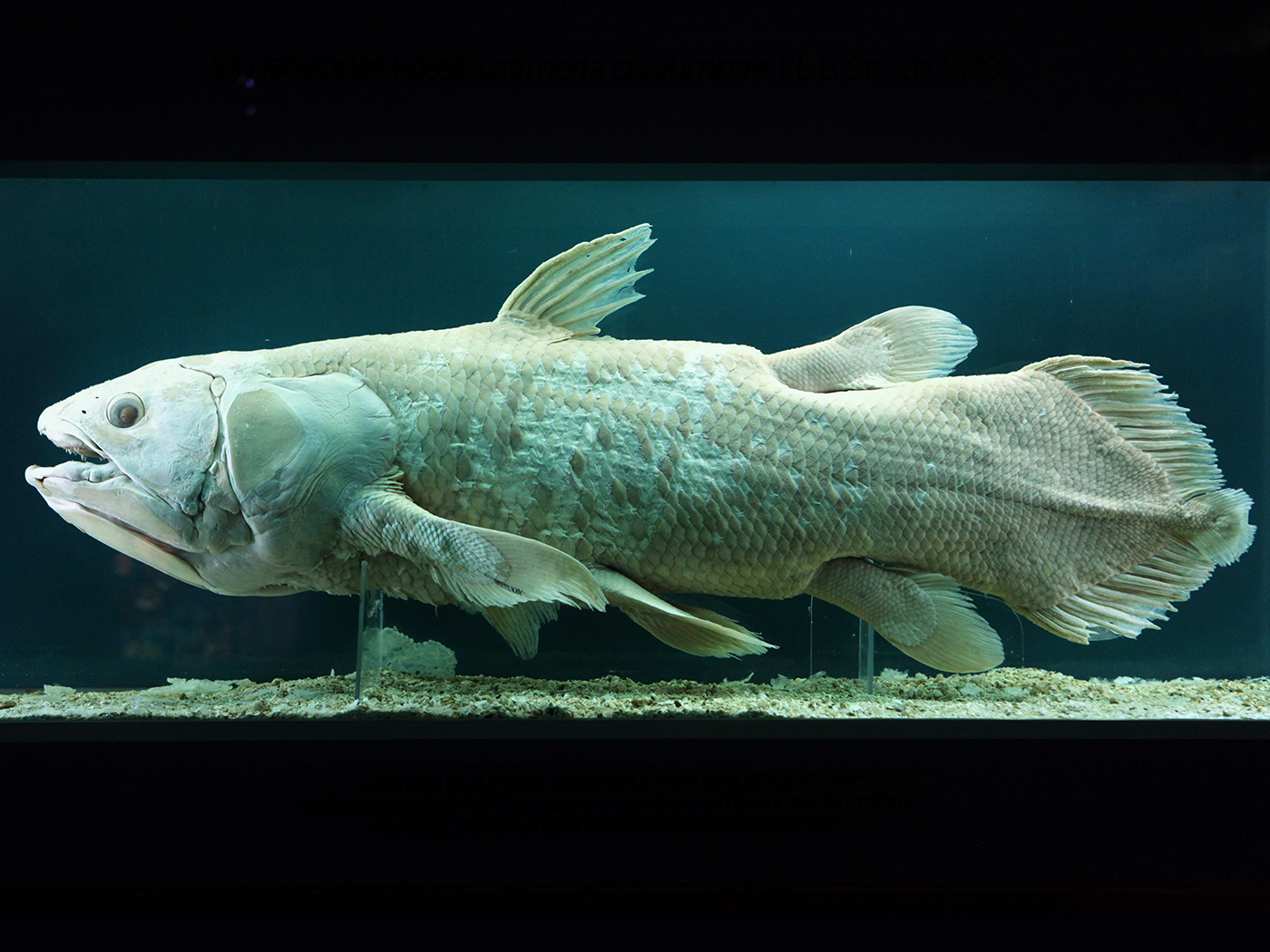A new review paper published in the journal Expert Review of Proteomics summarizes 85 reports of organic remains in fossils.1 Some of the reports describe whole tissues like blood vessels, dried but intact skin, and connective tissues on or inside fossils like dinosaur bones. Other reports describe whole cells like red blood cells and bone cells. Other reports in the review paper describe biochemicals specific to animals (not microbes), including proteins, collagen, elastin, ovalbumin, and keratin. All these reports revealed three trends that call for a vast rethink of the mainstream age of fossils.
The first trend describes a diversity of organic material among different types of fossils. Since the 1960s, researchers have reported on what appear to be original biological material in many fossils allegedly to be millions of years old. These biological remnants occur in dinosaur, bird, mammal, plant, reptile, amphibian, clam, insect and other arthropods, sponge, and worm fossils.
A second trend involves geography. The study authors noted the extent of biomaterials in fossils covers most of Earth. Some researchers even described their results taken from offshore fossils. Literature describes these remnants in fossils from North America, South America, a few in Africa, Europe (including Belgium, UK, and Spain), and Asia (featuring India and China). So far, only Antarctica and Australia lack fresh-looking fossils.
Amino acids found in a tree stump fossil might, if published technically, add Antarctica to the list.2 Australia’s inclusion may just be a matter of investigative time and effort. Thus, this second trend finds that fossil biomaterials span the globe. Shouldn’t a global effect call for a global cause?
Third, the study authors noted extensive geology. Over the last fifty years, hundreds of fossil experts have found specimens that apparently contain original biomaterials from most of the ten iconic geological systems. The researchers tallied a high number of finds from Cretaceous layers, and some reports from Jurassic, Triassic, Pennsylvanian, Silurian, and Cambrian. The most surprising protein remnants were found in layers below the Cambrian. These lowermost strata bear age assignments far older than 500 million years—a clear mismatch with expected protein chemical lifespans.
The review paper noted that biomaterials like proteins always decay over time, and that experiments show that although some might last thousands of years, none should last millions. The study authors therefore had to admit to the ridiculously huge difference between experimental expectations and the actual fossil finds and the dates traditionally ascribed to them. Biomaterial preservation appears not to care about creature kinds, continents, or even rock layers. Organic remains could pop up anywhere one finds fossils. In the end, readers are left to find their own ways to explain these three trends from the 85 scientific reports.
References
1. Thomas, B., and S. Taylor. Proteomes of the Past: The Pursuit of Proteins in Paleontology. Expert Review of Proteomics. Published online before print, December 12, 2019.
2. Pappas, S. 280-Million-Year-Old Fossil Forest Discovered in … Antarctica. LiveScience. Posted on livescience.com November 15, 2017, accessed December 16, 2019.
Eighty-Five Reports of Biological Remnants in Fossils
The Latest
CREATION.LIVE PODCAST
Getting the Gospel into People's Hands | Creation.Live Podcast:...
Can God use an atheist airline pilot to reach other nations with the truth of the Gospel? The answer, obviously, is yes.
Host...
Chimp Genome Only 75% Similar to Human?
An oft-repeated claim of evolutionary propaganda is that chimpanzee and human DNA are 98.5% identical. This high level of DNA similarity, which has...
''73-Million-Year-Old'' Alaskan Salmon
Fish evolution remains an enigma. Evolutionists can only say fish first “appeared” over a half-billion years ago.1 Creationists...
God's Memorial Day
“And God said moreover unto Moses, Thus shalt thou say unto the children of Israel, The LORD God of your fathers, the God of Abraham, the God of...
The Origin of Eukaryotes
Eukaryotes are multicellular organisms that contain diverse differentiated cell types. Within almost every cell there are subcellular compartments called...
CREATION PODCAST
Water vs. Wind: The Controversial Coconino | The Creation Podcast:...
Welcome to the sixth episode in a series called “The Failures of Old Earth Creationism.” Many Christians attempt to fit old...
Fossil Fish Finally Filmed
The bizarre lobe-finned coelacanth (Latimeria chalumnae) “that flourished some 350 million years ago”1 continues to be a thorn...
The Mosasaur: A Giant Sea Dragon
Mosasaurs (order Squamata) were massive marine lizards that were common in the pre-Flood oceans. Therefore, it is not surprising that their fossils...
Was Life Detected on a Distant Planet?
There was celebration, albeit briefly, for the discovery of potential life on a planet called K2-18b, which is 124 lightyears away from Earth.
The...




